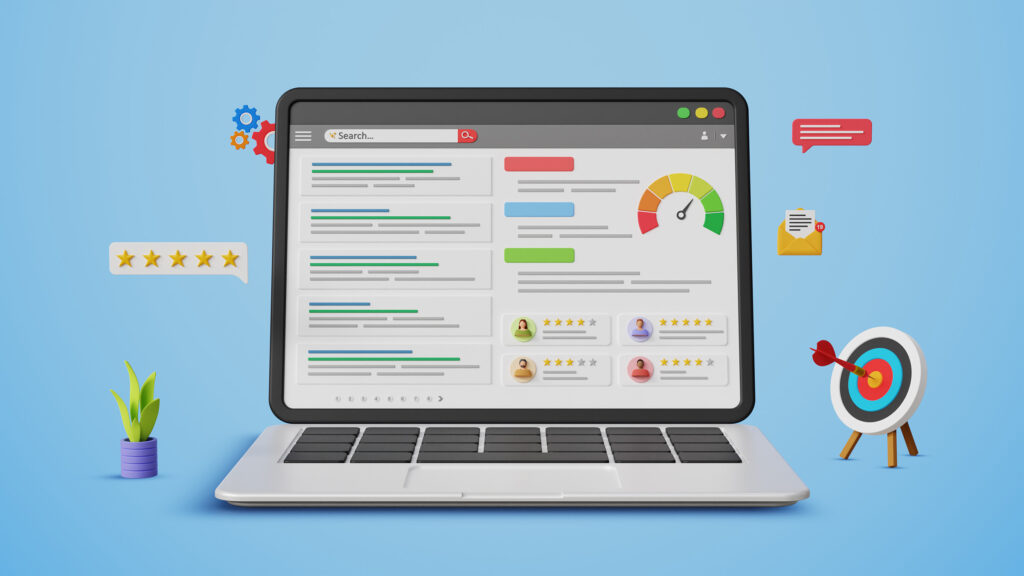Modern consumers don’t follow a straight line from awareness to purchase. Their journeys are winding, with multiple touchpoints across various platforms and channels. A single sale might go through Instagram, Google and Amazon, leaving marketers wondering, “Who gets credit for that sale?”
Attribution in digital marketing is messy, but understanding it and having a strategy allows businesses to thrive. Let’s dive into how attribution works, why visibility across channels is key and how to optimise your strategies for this multi-touchpoint world.
The Modern Customer Journey
Gone are the days when customers would see a TV commercial and drive straight to a store to buy. Today, the average customer interacts with over 11 touchpoints before making a purchase. These touchpoints could be discovery on Instagram, research through Google and a final purchase on Amazon.
Consider this example:
- Discovery: A customer sees an influencer wearing a watch on Instagram, and that sparks initial interest.
- Research: They search for the same watch on Google to read reviews and compare prices.
- Purchase: After deliberating, they buy the watch on Amazon, enjoying fast shipping and competitive pricing.
Each step played a role in the sale, but which touchpoint gets the credit? The truth is all of them matter – and that’s where attribution models come in.
The Problem of Attribution
Attribution tries to assign credit to the various touchpoints that lead to a sale, but it’s far from a science. Here are the most common attribution models marketers use:
- Last-Click Attribution: Gives all credit to the final touchpoint (e.g. Amazon).
Challenge: Ignores the earlier touchpoints that influenced the decision.
- First-Click Attribution: Assigns all credit to the first interaction (e.g. Instagram).
Challenge: Ignores the nurturing and decision making along the way.
- Linear Attribution: Divides credit equally among all touchpoints.
Challenge: Doesn’t highlight which specific interactions had the most impact.
- Data-Driven Attribution: Uses machine learning to evaluate the importance of each touchpoint based on historical data.
Challenge: Requires significant resources and expertise to implement effectively. Now, imagine adding even more layers of complexity. Today, touchpoints also include YouTube ads, marketplace listings and even AI-powered tools like ChatGPT or Perplexity, which consumers use for research and discovery.
Why Visibility Across Channels Is Key
If buyers interact with so many channels before making a decision, your business can’t be absent from any critical stage. Being visible where it matters most ensures you don’t lose customers to competitors who show up first.
Here are five areas to focus on:
- Organic Search: Ranking well on search engines is non-negotiable. Make sure your website and content are optimised for the keywords your audience is searching for.
- Social Media: Platforms like Instagram, TikTok and LinkedIn are gateways for discovery and brand connection.
- Paid Ads: Whether it’s Google Ads or promoted posts on social media, paid campaigns can get you visibility in competitive spaces.
- Marketplaces: Platforms like Amazon, Etsy or Walmart.com dominate the e-commerce landscape. Your presence here directly impacts sales.
- AI-Powered Discovery Tools: The rise of conversational AI platforms like ChatGPT means consumers may discover your brand or solutions through AI-generated recommendations. Make sure your content and product information are designed to integrate with these tools.
Visibility is about more than just being on these platforms. It’s about crafting tailored messages and experiences for each channel, ensuring consistency while resonating with the specific audience of that platform.
Actionable Steps to Master Attribution and Visibility
To overcome attribution challenges and maximise your marketing impact, you need a strategy. Here’s a step-by-step guide:
1. Map Your Customer Journey
Identify the most common paths your customers take to a purchase. Use tools like Google Analytics, heatmaps or customer feedback to pinpoint key interactions.
- Example Insight: You notice a spike in searches for your product after influencer promotions on Instagram, revealing a strong connection between paid social and organic search.
2. Adopt a Multi-Touch Attribution Model
While singular attribution models (like last-click or first-click) offer simplicity, they often don’t tell the full story. Multi-touch models or data-driven attribution help you see how each touchpoint contributes to conversions.
- Start with basic linear attribution for equal distribution.
- Gradually move to predictive tools as your data grows.
3. Optimise for Omnichannel Experiences
Customers expect seamless transitions between platforms. Make sure your brand looks and feels the same across channels while tailoring content for each platform.
- On Instagram, focus on high-quality visuals and storytelling.
- On Google, we create in-depth blog posts and comparison pages for high-intent search queries.
- On marketplaces like Amazon, optimise product listings with clear descriptions, reviews and competitive pricing.
4. Use AI Analytics
AI-powered tools like machine-learning analytics platforms can process vast amounts of data, making it easier to identify patterns and assign value to touchpoints.
- Explore services like Google’s AI-powered Smart Goals or third-party software for real-time insights.
5. Test and Iterate Regularly
Digital behaviours change constantly. Run A/B tests, monitor conversions and adjust strategies to reflect performance.
- Run experiments with ad placements or different audience segments to optimise impact.
- Keep tracking new trends like AI or even voice search influencing customer journeys.
6. Measure with Clear KPIs
Define what metrics matter most for your campaigns and touchpoints. Whether it’s conversions, clicks or time spent on a product page, aligning metrics with goals will guide your efforts towards measurable success.
- Example KPIs for Instagram engagement are “saves” and “profile clicks”.
- For a blog post, focus on traffic, time on page and call-to-action click-through rates.
Thriving in the Chaos of Attribution
The truth is, no attribution model will be perfect. What matters most is having a flexible strategy that accounts for the reality of the modern digital landscape. Balance investment across channels, refine your approach based on data and make sure your brand shows up where it matters.
When done well, your visibility across touchpoints will turn attribution from a challenge into an opportunity, keeping you top of mind throughout the customer’s entire buying journey.
Creating a plan that spans discovery (Instagram), research (Google) and final purchase points (Amazon or others) takes effort but pays off in revenue. By targeting key touchpoints and using insights from attribution models, your business can adapt to the modern customer’s fragmented but rich buying experience.




